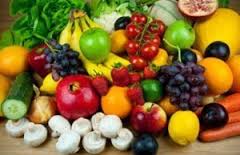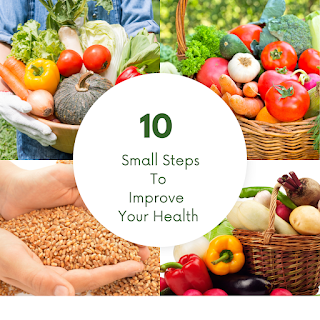The premise of an alkaline diet is that the nutrients found in supplements, alkalizing foods, and water can bring the body back to balance. These vitamins, minerals, and herbs infuse the body with new energy, vitality, and better health.
Alkaline foods and water must be consumed in order to provide nutrients the body needs to neutralize acids and toxins in the blood, lymph, tissues, and cells.
When pH balance inside the body is ‘out of balance’ the body tries to correct that sensitive pH balance. That process shows up as uncomfortable symptoms, including colds, flues, allergies, diseases, viruses, and bacteria.
When the pH level in our body is unbalanced, almost any area of the body can be affected. For example, when the nervous system is affected as the result of unbalanced pH balance it shows up in the form of the depression. When the cardiovascular system is affected, we could have heart disease or experience other heart-related problems, including thickening and hardening of the arteries, coronary heart disease, pain or discomfort in the chest, stroke, high blood pressure, and heart failure. When muscles are affected, we often feel fatigue and lack of energy. When skin is affected by improper pH balance, we age quicker than normal.
When the body’s pH level is in balance, the body reaches ideal weight and corrects negative health challenges naturally.
Transition to a more alkaline healthy diet requires a shift in attitude towards food. The important point to remember is that small changes go a long way. Add more alkaline foods to your diet gradually.
7 Sure-fire ways to make an alkaline diet benefit you:
1) Reduce the consumption of sugar and products made from sugar, including soda pop, pies, ice cream, jello, jams & jellies, artificial juices, puddings, doughnuts, corn syrups, chewing gum, sweetened drinks, cookies, breakfast cereals, liqueurs, mixed drinks.
2) Avoid processed foods and condiments including ketchup, salad dressings, pickles, luncheon meats, canned fruits, breads, relish, cheese dips, peanut butter, prepared seafood, frozen vegetables, crackers, canned soups, hot dogs, sausages, sweetened yogurt.
3) Avoid cooking and heating foods and drinks in the microwave.
4) Avoid dairy, meats, fried foods and fast foods.
5) Increase your consumption of raw vegetables and raw fresh fruits (without sugar). You should include raw vegetables in every meal. If your breakfast is so small that you only eat toast or cereal, stop eating toast and take fresh fruits or vegetable juices instead. If your lunches usually consist of sandwiches, try to substitute it with a raw salad or a vegetable juice. Have a large salad before you eat a heavy entree at dinner. This way, you will be sure to eat all of the salad instead of finding yourself too full to finish it.
6) Grains form the base of a balanced diet and are important in maintaining the alkaline balance in the body. Grains are a great source of vitamins, minerals, and essential nutrients, including folic acid, fiber, carbohydrates antioxidants and phytoestrogens. The Department of Food and Science and Nutrition at University of Minnesota determined that consumption of whole grains reduces the risk of chronic diseases including cancer and cardiovascular disease. By eating grains, you can eat less but feel full. Grains should comprise about 20% of your diet.
7) Don't forget to hydrate. Drink at least half of your body weight in ounces of good quality water each day. Add liquid minerals to increase the quality of water.
If you follow these easy 7 steps it will allow you to create the proper alkaline balance within your body.
Creating the proper alkaline balance within your body will bring you increased quality of life. You'll start seeing immediate improvements in your health. Your energy will increase, your concentration will be stronger. You'll build strength, stamina, and resistance to diseases. Your entire body will function more efficiently just like it was meant to do.

.png)
.png)




.png)

.png)
.png)










.png)
.png)
.png)